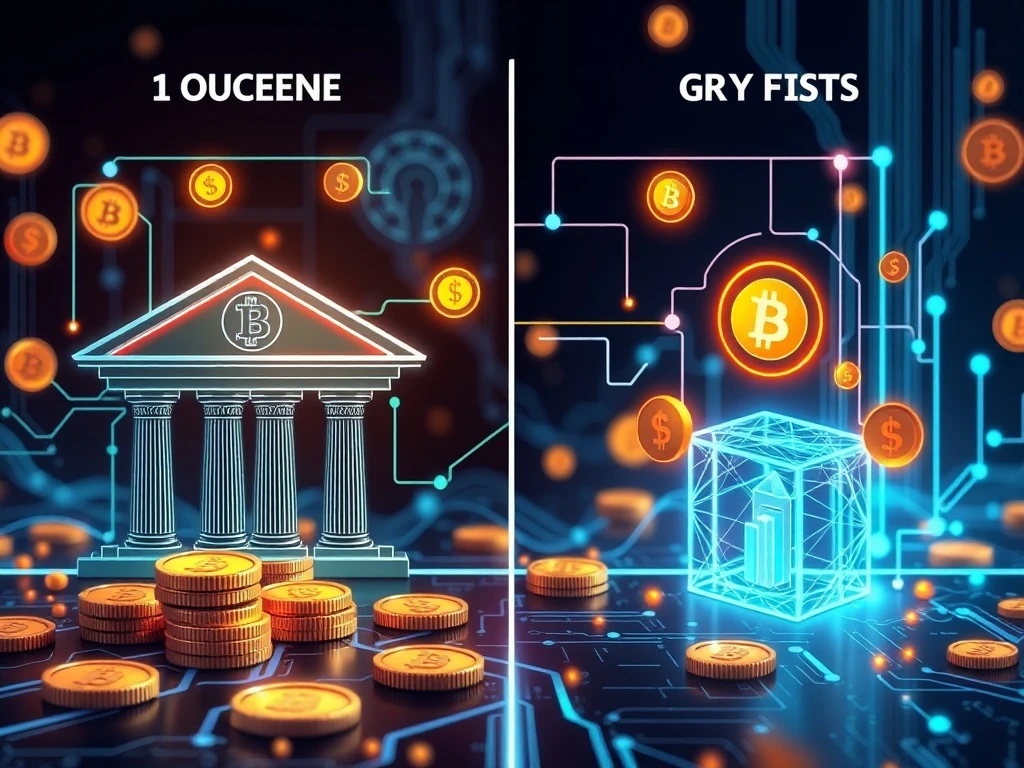Crypto Financial System Outshines TradFi with Unmatched Efficiency and Speed

Is the traditional financial system (TradFi) holding us back? Bitwise Chief Investment Officer Matt Hougan argues that cryptocurrencies and blockchain technology offer a far more efficient alternative. From instant transactions to minimal fees, the crypto financial system is poised to revolutionize how we handle money globally.
Why the Crypto Financial System is More Efficient Than TradFi
Hougan points out several inefficiencies in TradFi:
- Slow payment settlements (often taking days)
- Low yields on savings (0.07% for checking accounts)
- High fees for currency exchange and interbank transfers
In contrast, blockchain-based solutions offer:
- Instant transactions
- 24/7 operation
- Global accessibility
Stablecoins: Bridging the Gap Between Crypto and Real-World Use
Critics often question where crypto’s real-world applications lie. Hougan highlights stablecoins as a key solution, with examples like:
- African businesses bypassing inefficient banking systems
- Companies like Stripe adopting stablecoins for international invoicing
Blockchain Efficiency: The Future of Global Transactions
The advantages of blockchain technology for global transactions include:
| Feature | TradFi | Crypto |
|---|---|---|
| Transaction Speed | Days | Minutes |
| Operating Hours | Business hours | 24/7 |
| Accessibility | Geographically limited | Global |
Challenges and the Road Ahead
While promising, the crypto financial system still faces hurdles:
- Regulatory uncertainty
- Usability barriers for non-technical users
- Volatility concerns (excluding stablecoins)
However, with improved infrastructure and adoption, Hougan believes most financial activity could eventually shift to blockchain.
FAQs
1. How does crypto offer better efficiency than traditional finance?
Crypto enables instant transactions, operates 24/7, and eliminates many intermediary fees present in traditional systems.
2. What are stablecoins and why are they important?
Stablecoins are cryptocurrencies pegged to stable assets like the US dollar, offering crypto’s efficiency without price volatility.
3. Where is crypto being used in real-world transactions today?
Examples include cross-border payments, remittances, and in regions with underdeveloped banking infrastructure.
4. What are the main challenges facing crypto adoption?
Key challenges include regulatory clarity, user experience improvements, and addressing volatility concerns.







